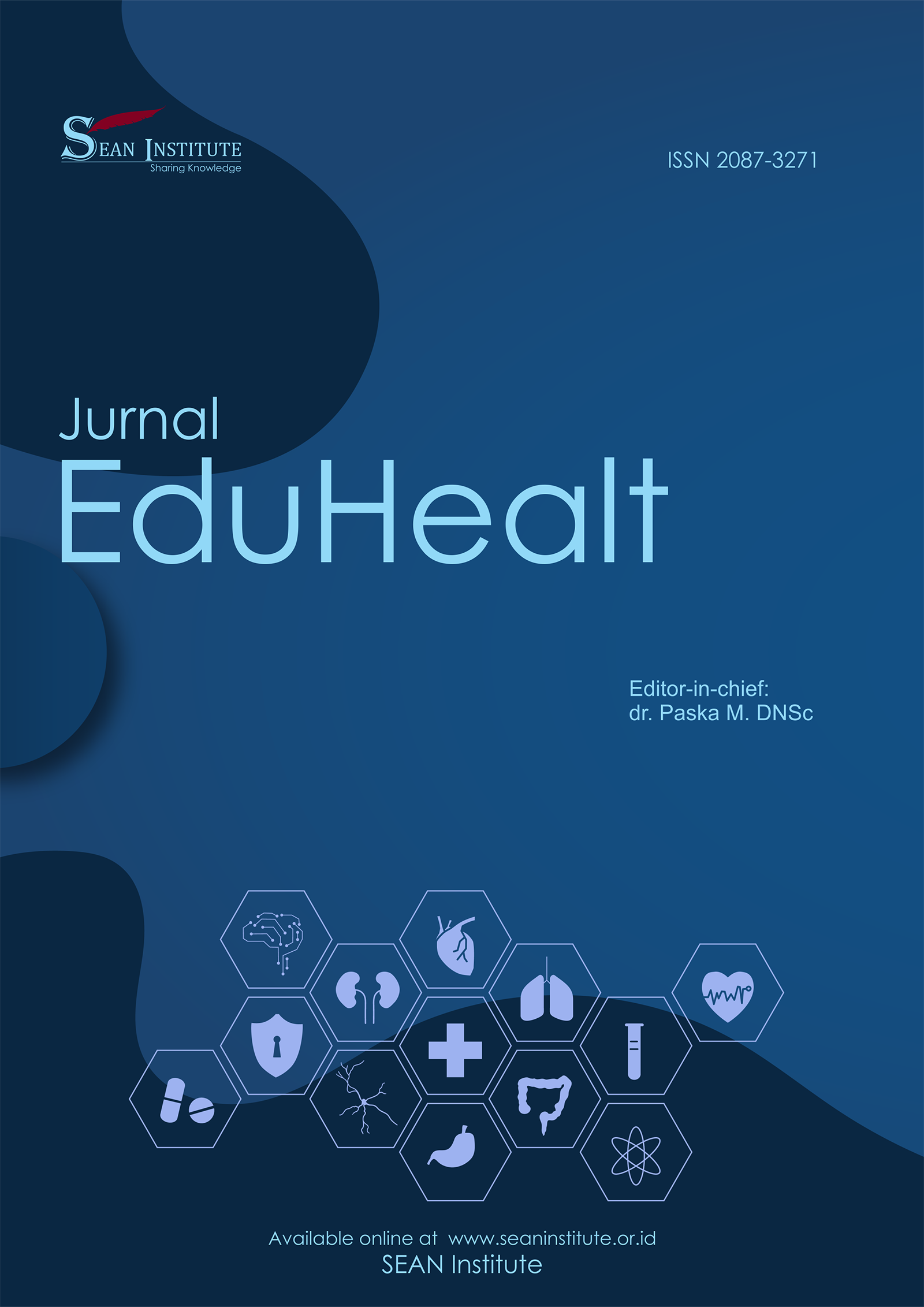ANALYSIS OF ENVIRONMENTAL SANITATION CONDITIONS AND CLEAN AND HEALTHY LIVING BEHAVIOR (PHBS) IN GUNUNGPATI SUBDISTRICT ELEMENTARY SCHOOL
DOI:
https://doi.org/10.54209/jurnaleduhealth.v11i1.77Keywords:
PHBS, Environmental Sanitation, School-Aged ChildrenAbstract
Elementary school-age children belong to a vulnerable group to various infectious diseases such as ISPA, Pneumonia, eye infections, worm infections, and skin diseases. The purpose of this study is to find out the sanitary conditions of the environment and PHBS in the elementary school environment of Gunungpati Subdistrict. The method in this study is a combination method (mix methods) with sequential explanatory design approach. Sampel in this study 34 elementary schools and 100 students of class V. Informants in this study are principals, teachers, janitors, health center workers. Quantitative data analysis uses univariate and bivariate while qualitative uses 3 stages, namely reduction, presentation, and withdrawal of conclusions. The results showed environmental sanitation was 50% good and 50% less good. Good knowledge levels as much as 73% and less good 27%, good attitudes as much as 60% and less good as much as 40%, good actions as much as 56% and less good as much as 44%. There is a relationship of knowledge and action p-value 0.011 and there is a relationship of attitude and action p-value 0.015. Sanitation and PHBS primary school Gunungpati Subdistrict is not contained in the subjects in the school The advice of this study is that the school increases the insights related to PHBS to make PHBS a habit.

















